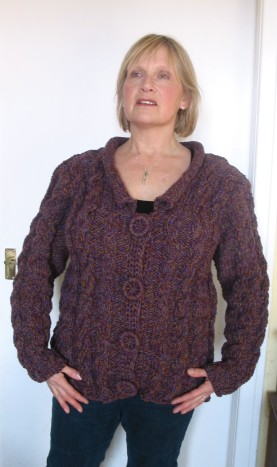

How time flies.  It hardly seems a whole year since Woolfest 2016, and here it is fast approaching again. I am busy spinning, dyeing and preparing my yarns, patterns, samples and Dorset Buttons for my stand D91 on 23rd/24th June. I have lovely new colours and blends in my yarns,all natural fibres and lots of new buttons, in new colourways to enhance any project you make. Patterns for beautiful knitwear and made up samples of some of those patterns. Looking forward to seeing you next month
It hardly seems a whole year since Woolfest 2016, and here it is fast approaching again. I am busy spinning, dyeing and preparing my yarns, patterns, samples and Dorset Buttons for my stand D91 on 23rd/24th June. I have lovely new colours and blends in my yarns,all natural fibres and lots of new buttons, in new colourways to enhance any project you make. Patterns for beautiful knitwear and made up samples of some of those patterns. Looking forward to seeing you next month




